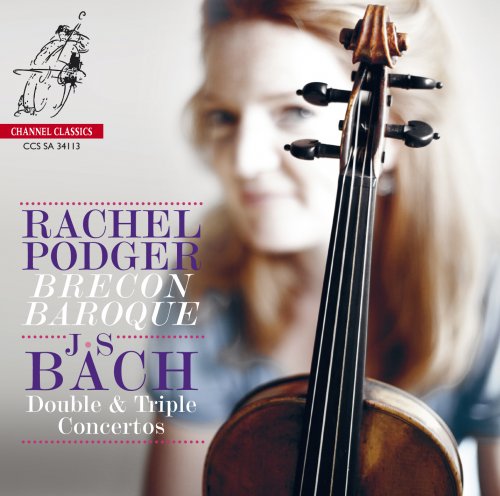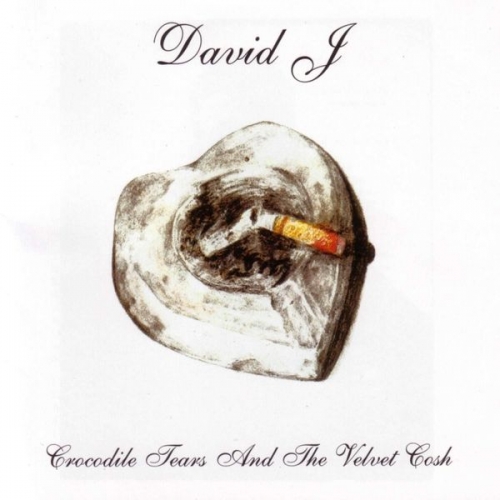Rachel Podger & Brecon Baroque - J.S. Bach: Double & Triple Concertos (2013) [SACD]

Artist: Rachel Podger, Brecon Baroque
Title: J.S. Bach: Double & Triple Concertos
Year Of Release: 2013
Label: Channel Classics
Genre: Classical
Quality: DST64 image (*.iso) 2.0 / 5.0
Total Time: 01:04:38
Total Size: 3.72 GB
WebSite: Album Preview
Tracklist:Title: J.S. Bach: Double & Triple Concertos
Year Of Release: 2013
Label: Channel Classics
Genre: Classical
Quality: DST64 image (*.iso) 2.0 / 5.0
Total Time: 01:04:38
Total Size: 3.72 GB
WebSite: Album Preview
Johann Sebastian Bach (1685-1750)
"Concerto for Two Violins in D minor (BWV 1043)"
01. Vivace (3:46)
02. Largo ma non tanto (5:59)
03. Allegro (4:25)
"Concerto for Harpsichord, Flute & Violin in A minor (BWV 1044)"
04. Allegro (8:33)
05. Adagio (6:00)
06. Alle breve (6:43)
"Concerto for Violin & Oboe in C minor (BWV 1060R)"
07. Allegro (4:47)
08. Adagio (4:29)
09. Allegro (3:19)
"Concerto for Three Violins in D major (BWV 1064R)"
10. Allegro (6:27)
11. Adagio (5:42)
12. Allegro (4:29)
There are numerous recordings of Bach's concertos avec plusieurs instruments, or with several instruments, as he called them. Posterity has labeled them double and triple concertos, but Bach's characterization lends support to Rachel Podger's interpretation here, which is based on the supposition that Bach's orchestra in such works consisted of one instrument per part. There are still many objections to this idea, beginning with the fact that the concertos of Vivaldi that served as Bach's model were demonstrably played by larger forces (Rousseau called the ensemble at the Ospedale della Pietà a "great orchestra"). However, if you want to try out Podger's playing, or the one-instrument-per-part approach, or historically oriented performance in general, this release (or its companion album of violin concertos) makes a good starting point. Podger, who has emerged as one of the leading Baroque violin players in Britain, is altogether appealing here, interacting almost playfully with her partner soloists and her hand-picked and -developed Brecon Baroque ensemble, and delivering sober slow movements that correctly prize contrapuntal detail. The one-instrument-per-part idea is especially defensible in these concertos even if you don't buy it general; Bach even called the Concerto for two violins in D minor, BWV 1043, a "concerto a sei," concerto for six. The Baroque-era instruments have wonderful timbres that define the constantly shifting textures of this music (its primary appeal) beautifully, and the Challenge Classics engineering team gets a big sound out of London's St. John the Evangelist church without booming resonance or stodgy cathedral hollowness. Very well done on all counts. -- James Manheim
![Jamaican Jazz Orchestra - Rain Walk (2019) [Hi-Res] Jamaican Jazz Orchestra - Rain Walk (2019) [Hi-Res]](https://img.israbox.com/img/2025-12/21/snzv0mdiaf2dg21tiqrm87jaq.jpg)
![Leslie Baron - In Jest (2025) [Hi-Res] Leslie Baron - In Jest (2025) [Hi-Res]](https://img.israbox.com/img/2025-12/18/2sqpj360q2wy5vki1452chspo.jpg)






